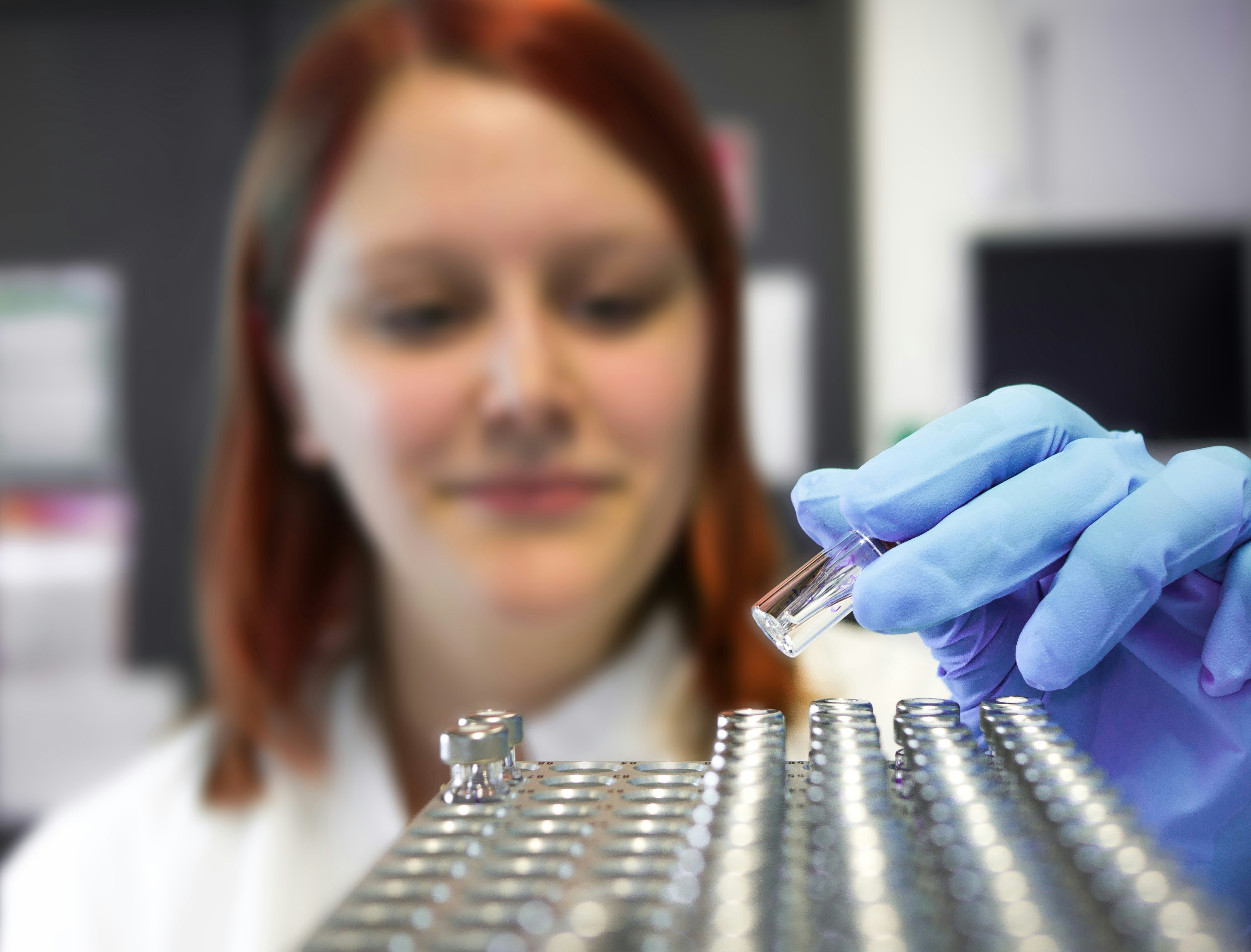

Standardizing analyses allows for greater reproducibility between laboratories and facilitates the transfer of scientific discoveries to clinical practice (image: Julia Koblitz on Unsplash)
Global guideline establishes new standard for investigating bioactive lipids related to inflammation, immunity, cancer, and neurodegenerative and cardiovascular diseases. Accurately quantifying them in biological samples is challenging and requires rigorous methodologies.
Global guideline establishes new standard for investigating bioactive lipids related to inflammation, immunity, cancer, and neurodegenerative and cardiovascular diseases. Accurately quantifying them in biological samples is challenging and requires rigorous methodologies.

Standardizing analyses allows for greater reproducibility between laboratories and facilitates the transfer of scientific discoveries to clinical practice (image: Julia Koblitz on Unsplash)
Agência FAPESP* – An international team of around 100 researchers from over 70 institutions has established standardized guidelines for analyzing oxylipins using liquid chromatography with mass spectrometry. Oxylipins are bioactive lipids derived from fatty acids that play central roles in physiological and pathological processes, including inflammation, immunity, cancer, and neurodegenerative and cardiovascular diseases.
The guidelines were developed by Valerie O’Donnell of Cardiff University in the United Kingdom and Nils Helge Schebb of the University of Wuppertal in Germany, in collaboration with academic institutions, industry, and clinical laboratories. In Brazil, a group led by Sayuri Miyamoto, a researcher at the University of São Paulo’s Institute of Chemistry (IQ-USP) and the Center for Redox Processes in Biomedicine (Redoxoma), participated in the initiative. The group contributed to the definition of the detailed recommendations presented in the paper.
Redoxoma is a Research, Innovation, and Dissemination Center (RIDC) funded by FAPESP and based at IQ-USP.
“This guideline is essential to advancing robust quantitative studies aimed not only at basic research but mainly at clinical studies,” Miyamoto told the Redoxoma press office. The work was the subject of an article published in the journal Science Signaling.
Miyamoto also highlighted the importance of the new guidelines for standardizing analyses, which allow for greater reproducibility between laboratories and facilitates the transfer of scientific discoveries to clinical practice.
First identified in the 1930s, oxylipins continue to attract the attention of scientists because of their roles in various biological processes. Widely used anti-inflammatory drugs, such as aspirin, work precisely by inhibiting the formation of some of these molecules. However, accurately quantifying them in biological samples is technically challenging and requires sensitive, selective, and rigorous methodologies.
In recent decades, technological advances such as liquid chromatography coupled with tandem mass spectrometry, which involves two stages of analysis, have made it possible to screen up to 200 species of oxylipins in a single analytical run. However, the lack of standardization between methods and platforms has made it difficult to compare data and consolidate results between different research groups.
According to the Redoxoma researcher, the new guidelines are a milestone for the field of redox lipidomics, “providing an essential guide for experienced researchers and especially for those just starting out in the field.” The recommendations are expected to drive significant advances in our understanding of the role of oxylipins in various human diseases and have potential applications in diagnostics and therapies.
“In response to the recognized need for expert guidance on oxylipin analysis, we’re very pleased with the contributions and feedback we received from so many of our colleagues around the world,” Valerie O'Donnell said in a press release.
“These recommendations now represent the gold standard for the field, and we hope they’ll lead to reproducible studies that enhance our understanding of the role of oxylipins in health and disease,” Nils Helge Schebb highlighted.
The article in “Technical recommendations for analyzing oxylipins by liquid chromatography-mass spectrometry” is available to Science magazine subscribers at www.science.org/doi/10.1126/scisignal.adw1245.
* With information from Redoxoma
Republish
The Agency FAPESP licenses news via Creative Commons (CC-BY-NC-ND) so that they can be republished free of charge and in a simple way by other digital or printed vehicles. Agência FAPESP must be credited as the source of the content being republished and the name of the reporter (if any) must be attributed. Using the HMTL button below allows compliance with these rules, detailed in Digital Republishing Policy FAPESP.





